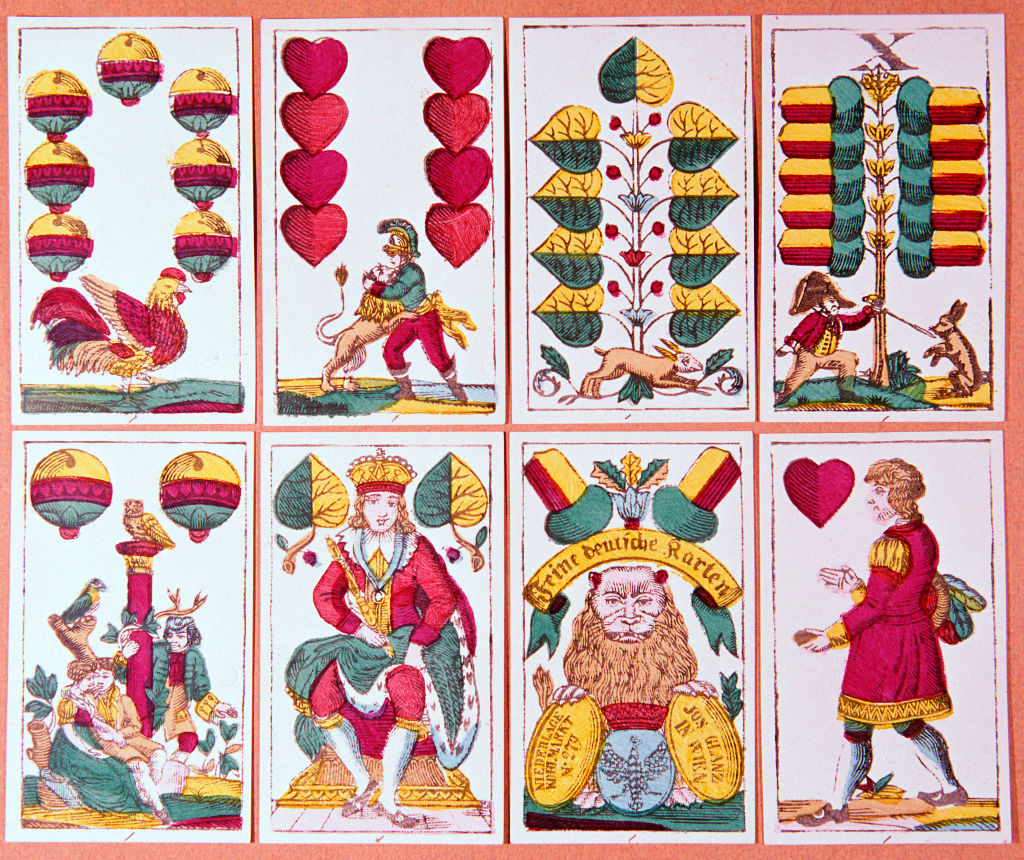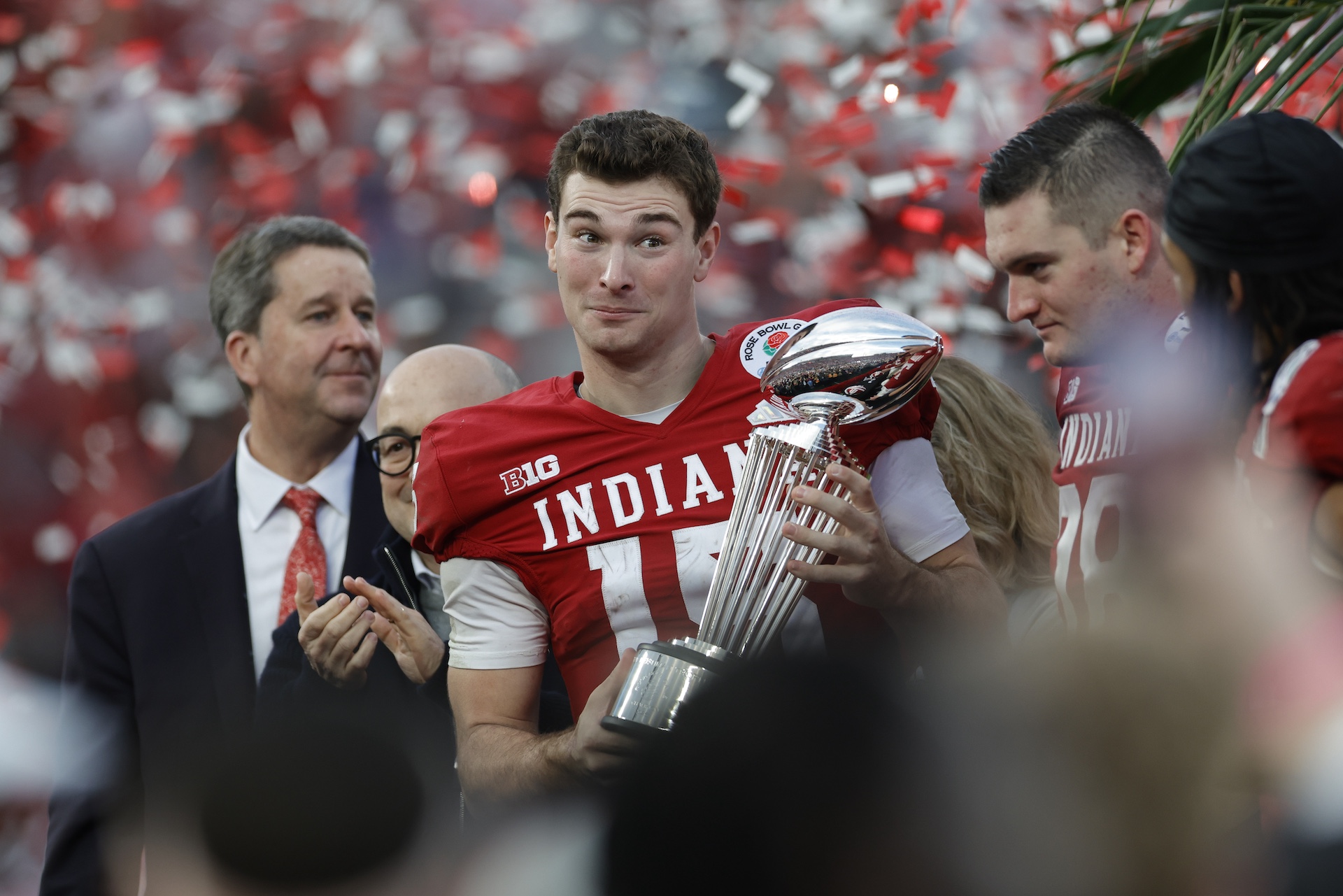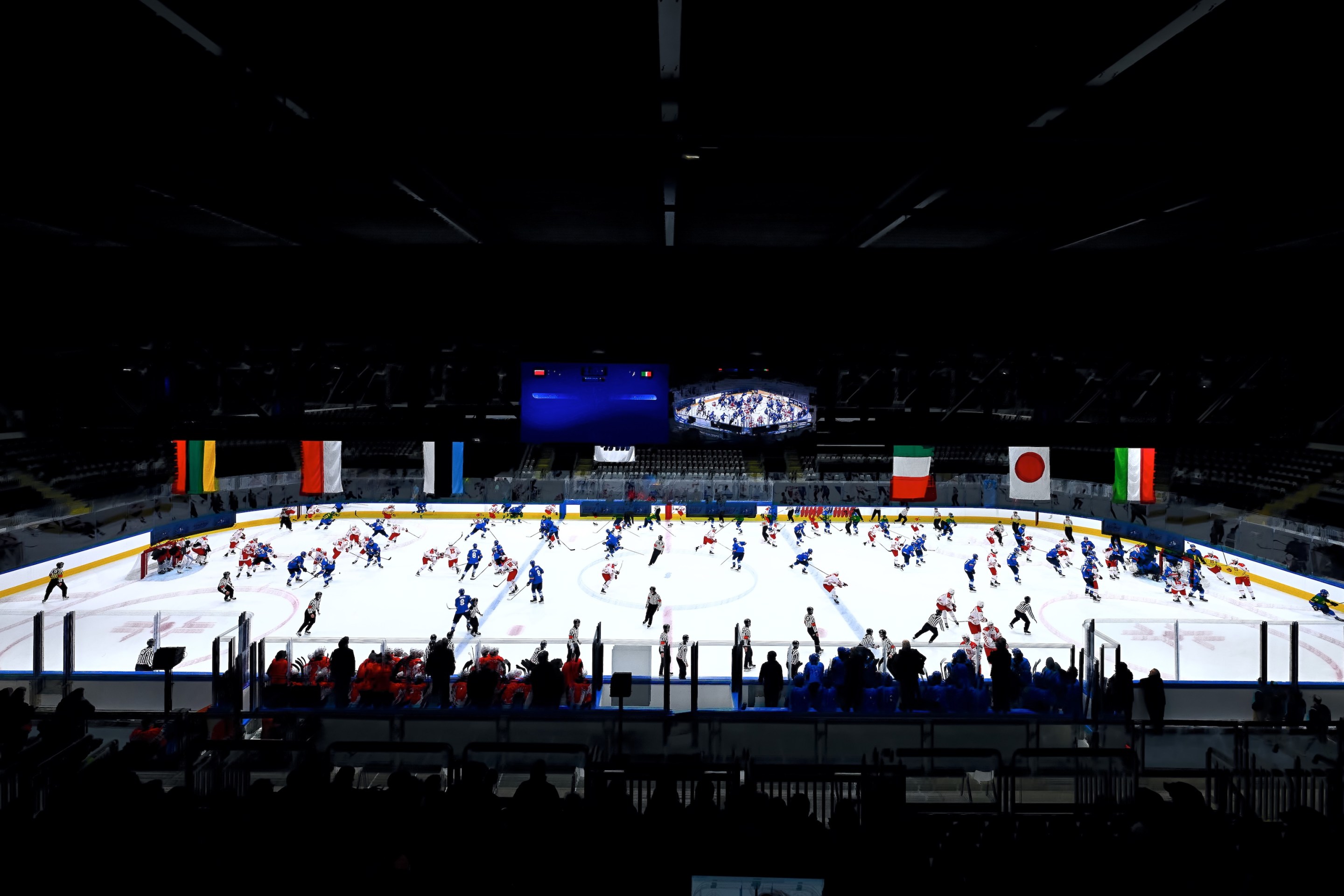This was inevitable from the moment the NHL's Department of Player Safety declined to punish Capitals winger Tom Wilson beyond a token fine for punching a prone Pavel Buchnevich and bodyslamming Artemi Panarin, injuring the latter. With the Capitals and the Rangers meeting again on Wednesday night—and with New York reeling from a bizarre sequence of events that included a public statement declaring no confidence in the DoPS, and the firing of their president and GM—there was zero chance gloves wouldn't drop with the puck.
And wouldn't you know it. Here was the opening faceoff:
On your scorecards, that's Kevin Rooney fighting Nic Dowd, Colin Blackwell taking on Carl Hagelin, and Phil Di Giuseppe squaredancing with Garnet Hathaway. Notably, there's also Zdeno Chara (an Ottawa Senator from 2001–06) taking a leisurely skate over to have a conversation with Brendan Smith, who decided discretion is the better part of valor, at least when the other guy is 6-foot-9.
Forty-nine seconds later, Tom Wilson took his first shift. Smith went right after him.
Another 3:23 after that, Anthony Bitetto and Michael Raffl traded blows.
Once that was cleaned up, the very next faceoff saw Ryan Strome and Lars Eller go.
And after 100 combined penalty minutes in the first period alone ... the fighting stopped. That was it. "Hats off to them for answering the bell," Strome said. "They knew our frustration. We solved it and played the rest of the game." Solved it? What exactly was solved here, beyond the understandable targeting of Wilson (who won his fight anyway)? Is Panarin healthy now? Is Wilson, notoriously the only NHL player to be suspended twice in a single preseason, going to stop headhunting? Is DoPS head George Parros going to change how he evaluates incidents? Do the Rangers feel better about their lost season?
The line brawl, for all its inevitability, was exceedingly dumb. (It and the rest of the first-period fisticuffs were also undeniably entertaining. This is not a contradiction.) Fighting is on a precipitous decline in hockey, and good riddance to most of it: the version of it that's pure posturing, guys agreeing to do-si-do for any reason other than genuine antipathy, functional deterrence, or frontier justice. You want to go after Tom Wilson for what he did Monday night? Go nuts. But who exactly is being served by challenging Carl Hagelin to drop the gloves? Or laying a dirty hit on Anthony Mantha?
This was a particularly weird situation, because the Rangers caught flak for not immediately seeking revenge in the final minutes of Monday's game—they're a modern NHL team, built for skill and skating and without a real enforcer or pest on the roster—and because their front office had just been cleaned out for, at least in part, not building a tougher team. So perhaps they felt they had things to prove, to their injured teammate, to their disappointed owner who signs their paychecks, and maybe to themselves. But the effect felt more like theater than gladiatorial games. Fighting for obligation's sake.
— Patrick (@plaverty24) May 5, 2021
Lost in all of this was the result, a 4-2 Caps win, and a T.J. Oshie hat trick in his first game since the death of his father. Oh, and Tom Wilson left the game in the first with an upper-body injury and did not return. He appeared to be favoring his hand, perhaps injured during his fight.
I found most of last night's gong show silly and superfluous, though I may be on an island with that; ratings will probably be pretty good. That doesn't change the fact that the league offered a national broadcast audience a carnival instead of a hockey game. Maybe it's good business to do that every once in a while, I don't know. But one actually useful outcome of the Rangers taking the fight to every Capitals skater was the constant reminder of how unnecessary it all was: If the DoPS has suspended Wilson, a repeat-repeat-repeat-repeat offender, even one single game, none of this would have happened. In that way, the Rangers drew even more attention to player safety's fuck-up than did their statement of the night before. They forced the NHL to confront the twin questions of what version of hockey it believes fans want to see, and just how dangerous Tom Wilson is allowed to be.






